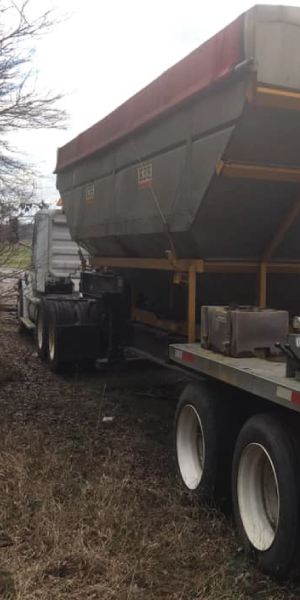It’s very important to know what you’re doing when heavy equipment is involved. It’s also important to know the most common causes of incidents in work with heavy equipment. Let’s dive in!
Blind spots
When moving heavy equipment, the operator must be completely sure that there is nobody behind them or in their blind spots, even if this means dismounting the machine to check. Have a spotter stand in a safe and visible position to guide and direct the operator if the operator’s view is limited. An operator should inform those around them about any limitations in their view and blind spots before beginning operation.
Communication
Have operators use a two-way radio if available. If not, a trained spotter can use hand signals. Even if someone gets caught in a blind spot, they may be able to tell the operator to halt, though it’s better if the operator informs everyone before they start moving the machinery.
Mounting and Dismounting
These may seem like trivial points, but some of the most common incident causes are mounting and dismounting. An operator must maintain three of four points of contact at all times: Both feet and one hand, or both hands and one foot. Damaged handholds or steps must be replaced as soon as possible.
Seatbelts
Just as a passenger in a motor vehicle, an operator of heavy machinery should wear their seatbelt at all times. A simple seatbelt can be a lifesaver in several situations, including rollovers. If an operator’s seatbelt is damaged, it needs to be replaced when possible.
Loading/Unloading
A piece of heavy equipment must always be on level ground during loading or unloading. Level ground greatly reduces the chance of a rollover or sliding off the low-bed ramps. In busy areas, the operator must ensure that unloading vicinities are clear of obstructions and have a spotter to assist.
With this information, any heavy equipment operator should be much better prepared to work with safety in mind.



Leave a Reply